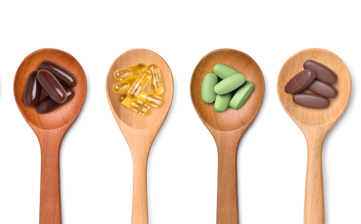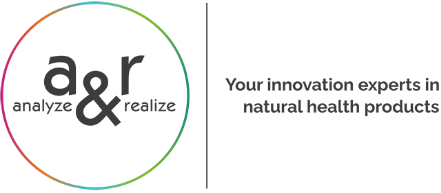
According to article 8, the Fortification Regulation No 1925/2006 has the special feature that certain substances other than vitamins or minerals can be reviewed in order to restrict their use or even ban them if necessary. The Commission may start this procedure on request by a Member State or on its own initiative and can prohibit, restrict or put under Union scrutiny a substance other than vitamins or minerals or an ingredient containing such a substance that is added to foods including food supplements. These substances are listed in the so-called negative list in Annex III.
Until 2015, the lists in Annex III were empty. Then, Ephedra herb and its preparations were first included in Part A, and Yohimbe bark and its preparations, in Part C of Annex III. Later, Yohimbe was also placed in Part A, the list of prohibited substances. In the meantime, several other substances followed, e.g. preparations from the leaf of Aloe species containing hydroxyanthracene derivatives as well as the restriction of Monacolins from red yeast rice.
The next entry refers to green tea extracts containing (-)-epigallocatechin-3-gallate (EGCG) to be added to Part B “Restricted substances”. With Commission Regulation (EU) 2022/2340, it has been established that the content of EGCG in a daily portion of food should be less than 800 mg. Additionally, several warnings must be added to the label. At the same time, green tea extracts containing (-)-epigallocatechin-3-gallate are included in Part C for final risk assessment.
The European Commission has initiated three further procedures under Article 8 of the Fortification Regulation and has given mandates for a safety assessment to the European Food Safety Authority (EFSA), after different member states expressed their concern about the safe use. The newly initiated proceedings concern
- highly purified hydroxycitric acid (HCA) and HCA-containing plants
- Fruit preparations of bitter and sweet fennel
- Berberine-containing plants and preparations thereof.
In line with the approach taken in past Art. 8 procedures, it is expected that EFSA will first launch a call for data collection as part of its evaluation.The EFSA mandate regarding the evaluation of the safety of use is expected to be completed by May 2025. It remains to be seen whether the substances will then be included in Part A “Prohibited substances” or Part B “Restricted substances” of Regulation 1925/2006. In case of inclusion in Part C “Substances under Community scrutiny” of Annex III, a decision can be taken within four years, on the basis of newly submitted scientific data, whether their use will be generally permitted or whether the substance will be included in Part A or Part B of Annex III, as appropriate.
